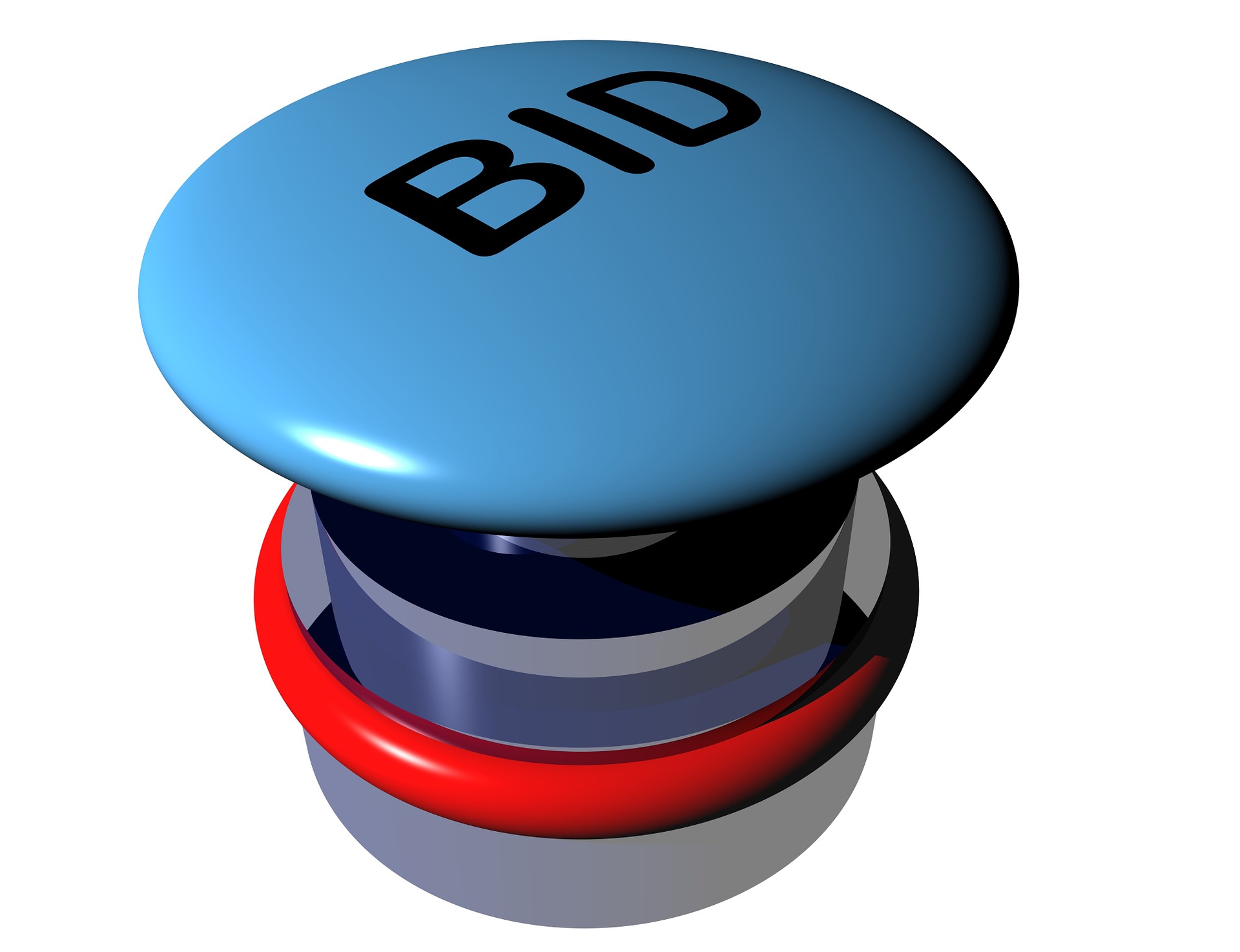Proposal management is an area many businesses find challenging. When we work with companies, they often ask us what a good proposal response to a tender looks like. Normally, they ask what a well-produced proposal document might look like but this is not as helpful for many as they initially think it might be. A good works (construction) proposal looks nothing like an office supplies proposal.
What good proposals have in common is that they demonstrate insight and understanding of the buyer’s needs. These needs fall into a few scenarios however so a good bid needs to reflect what the buyer is looking for from the market.
Things a bidder in a proposal management process should know
- What are the drivers behind the organisation going to market? In simple terms, what is the current situation and why are the organisation seeking to change things?
- What is the objective of the tender driving the proposal management process? Are they seeking an assessment of what needs to be done, a plan for change or the implementation of change?
- What are the desired outcomes? Are the buyers seeking insight, a plan or implementation of an objective?
Good proposals accurately and appropriately address buyer needs. This only happens however when their needs are met in a clear and logical manner.
Applying logic to the proposal management process
Buyers are looking for the prospective vendors to logically address their problem and outline how their proposed solution will deliver the desired benefits. The following framework applies to all tendering / proposal management scenarios. Buyers are looking for:
- The current situation and its effects to be outlined and framed by the prospective vendors;
- The solution to the situation to be expanded upon by the prospective vendors; and
- The desired result and the potential benefits to be identified and explained.
Building on this framework, all high-quality proposals ensure:
- The interpretation of the problem, the effects and benefits are aligned;
- The proposed solution (deliverables) align with the desired result and the overall objective;
- The proposed solution (deliverables) align with the benefits; and
- The desired result and overall objective align with the benefits.
To some, the last four bullet points might look like repetition but they are anything but repetition. These essential principles are a proposal’s equivalent of the balanced equation in mathematics. Integrating them into the proposal management process and document design ensures there is a progressive, complementary logic to the narrative put forward by the prospective supplier to the buyer.
This process helps potential suppliers developing proposalss to identify their value proposition in a specific context. The context directly relates to how they are resolving a business challenge for the buyer. The supplier can develop their pricing on the back of this work more readily and easily link their pricing to the proposed benefits and overarching project objectives.
The use of themes in writing proposals
Good proposals often deploy themes in their narrative structure. Themes highlight the essential, compelling nature of the supplier’s story and how they are going to deliver what the buyer wants from them. The themes should align with the award criteria and ideally (where a bidder knows the decision makers), the issues that matter most to the people making the decision. This means ensuring aspects of the proposal stand out at certain points to those people that will be making the final decision.
Proposal length
Where possible, proposals should be focused and meet the needs of the buyer using as few pages as possible. For the public sector, this means ensuring proposals are kept under a maximum of forty to fifty pages unless otherwise indicated (there may be other documents required that run to multiples of this but the core proposal should be less than forty to fifty pages where possible). For the private sector, a good proposal can easily be shorter than this again. In most cases, it can and should be.
Applying these disciplines or working with companies like Keystone Procurement ensures proposals conform to these principles while laying a path towards greater success in formal tendering processes in the private sector or the public sector.
https://keystonepg.ie/bid-management/

